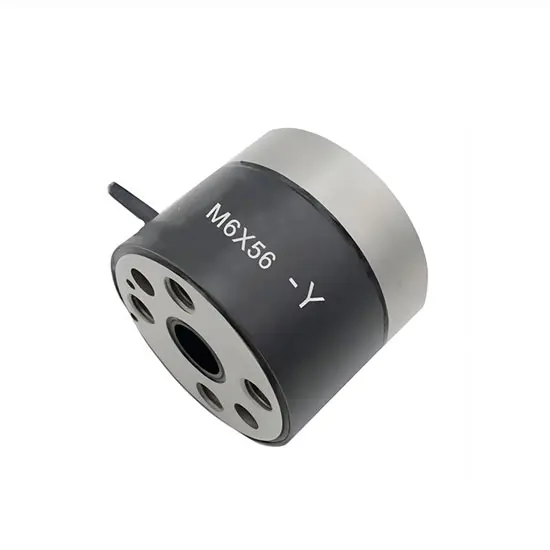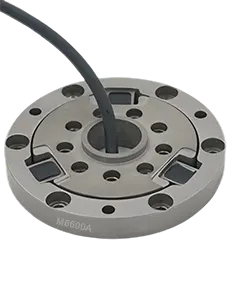How Multi-Axis Sensors Enable Precision in Industrial Automation
In the currently advanced and busy industrial lifestyles, machines have to be more efficient, quicker and accurate. The multi-axis sensor is one technology that is making this possible. These strong sensors can monitor forces or movements in more than one direction, which gives machines the information they need to work accurately. The multi-axis sensors assist factories to run more normally and at least safer because they have improved control and response. They may be applied to robotics, assembly lines, and packaging systems.
Understanding Multi-Axis Sensors in Simple Terms
A multi-axis sensor may measure force, pressure, or movement along two or more axes simultaneously as though your hand is being shoved forward and pulled at the same time. Similar to human beings, machines also use multi-axis sensors to detect their environment and make quick transitions. These are great for industrial jobs that need precise placement, including putting things in the appropriate place or tightening screws with the right amount of pressure.
Why Industrial Automation Depends on Precision
Consistency is important for automation. Even a small mistake might cause significant issues when a robot does the same thing a thousand times. A multi-axis force sensor helps cut down on these mistakes by giving the system real-time feedback. As machines change based on sensor data, they become more accurate and less likely to make mistakes. This cuts down on waste, saves time, and makes the product better. Things are not just about how fast you do things; it’s about doing it perfectly every time.

Sensor Customisation Improves Task Performance
There are different kinds of occupations in a factory. Some machines need to be able to feel light pressure, while others need to be able to lift huge things. This is where customising sensors for torque and force comes in. Engineers may now make sensors that are just right for each use. A robot that puts together cellphones might utilise light-touch sensors, while one that moves automotive parts might need a heavy-duty version. Custom sensors make sure that each job is done with the proper amount of attention and strength.
Benefits of Multi-Axis Sensors at a Glance
• Send accurate real-time data in many directions.
• Make it easier to operate machines and repeat tasks.
• Keep an eye on load conditions to help cut down on wear and tear.
• Allow for specific settings for torque, pressure, and positioning. They play a very significant role in robotics, packaging, testing and automation systems.
• Enhance quality control in order to reduce errors and idle time.
• Quickly finding overload or imbalance makes operations safer.
The Role of Force Sensors in Smart Manufacturing
Smart factories of today use data to make better choices. A force sensor helps collect that information by monitoring how much pressure is being put on it at any given time. These sensors inform robotic arms how hard to hold on or how gently to touch. They let machines handle both heavy and fragile things with the same level of care. This combination of strength and sensitivity makes it easier to handle products and keeps everyone on the floor safer.
Looking Ahead to the Future of Automation
The requirement for specialised sensor manufacture will only grow as companies grow and need more accuracy. Companies are already using multi-axis force sensors to make automation smarter. The capacity to fine-tune machines with accurate input is changing the way products are made, tested, and shipped. These sensors are making factories more efficient and less wasteful with every upgrade, from small electronics to big construction.
Conclusion
Multi-axis sensors are transforming how machines work in factories. By providing them with stronger control, real-time feedback, and the possibility of quantifying force in a manner they find useful, they make it possible to make systems work more accurately and with fewer errors. These sensors enhance the automation to become smarter and safer since robots are capable of doing simple jobs as well as complex ones. Because of the continuous improvement of technology, there will always be an increasing demand for an accurate and flexible sensor solution. For the latest multi-axis sensor technology that is made to last, trust the professionals at MareX.

